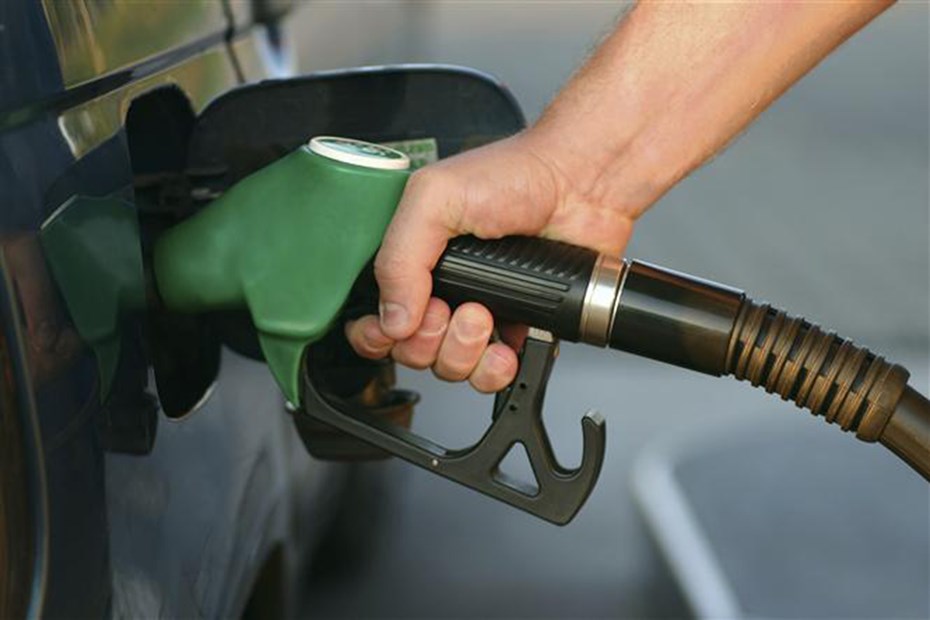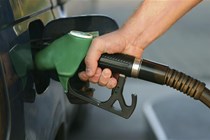With persistently high fuel prices, you may well be considering ways to reduce your car running costs. It may seem like the obvious answer is to get yourself a more economical car or even make the switch to electric. But you don’t have to go to all that hassle and expense to save money on fuel.
There are some really easy changes you can make to the way you use your car and how you drive that can make quite a significant improvement to your car’s fuel efficiency. Sadly, you can’t unlock an extra 10 miles per gallon with a single hack, but small changes can add up. In this guide, we’re going to explain what those changes are and why they make a difference.
How can I make my car more efficient?
There are three key principles to making your car as fuel efficient as possible. First, it needs to move along the road freely. Second, don’t put the engine under too much strain. And, somewhat counter-intuitively, keeping the car moving can be a big help, as well.
There are all sorts of little things you can do to achieve these principles. We’ve listed them below in no particular order.
Keep the tyres pumped up
Tyres with low pressure squash down and out, generating more friction as you drive along. The engine has to work harder to overcome that friction, reducing fuel economy. You’ll also wear out the tyres quicker. A portable tyre inflator you can use at home is a quick and easy way of keeping them pumped up. Low tyre tread can have a similar effect, as well, so check the depth regularly. Low tread also makes driving less safe.
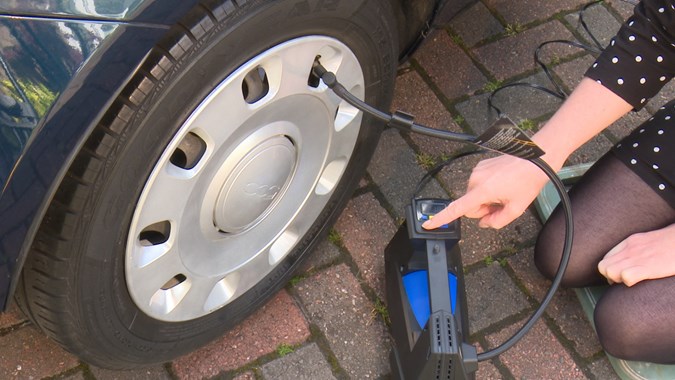
Close the windows and sunroof
Open windows and sunroofs can have a detrimental effect on fuel economy at speeds above 30mph or so. That’s because they create turbulence in the air flow around the car and the engine has to work harder to push through it. If you still like a flow of fresh air, fitting wind deflectors can solve the problem.
Remove the roof rack
A roof rack also disturbs the airflow around a car but the effect is even more pronounced, often to the tune of several mpg. Even aerodynamically styled roof boxes can cause fuel economy to tumble. So, if you’re not using your roof rack, it’s best to take it off the car. It might be a hassle, but the fuel savings can be significant.
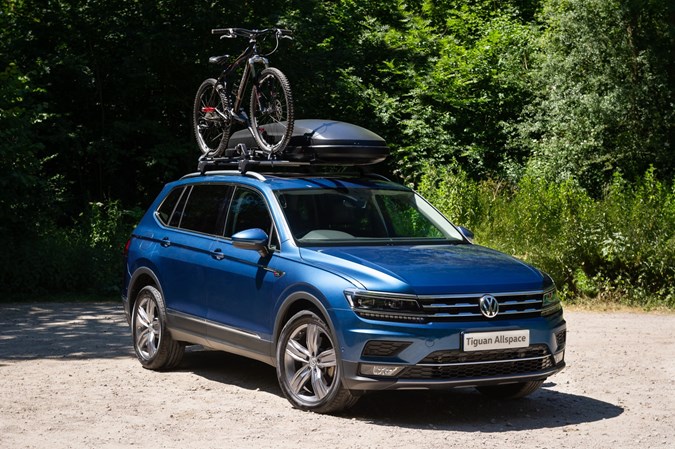
Have your car serviced regularly
Your car will only return the best possible fuel economy if it’s fit and healthy. So you should have it serviced according to the manufacturer’s schedule, if not more often. Any other maintenance issues can also be a drag on economy, so have them attended to as soon as possible.
Use the stop-start function
Pretty much every car built in the last 15 years or so has a stop-start function. It stops the engine when the car is stationary and restarts it just before you set off. It’s a clever way of eliminating fuel use and emissions when the car isn’t moving. However, the system doesn’t work every time the car stops.
Whether or not it does depends on various factors including how hot the engine is, how much electrical equipment is being used, if it’s still in gear and so on. The system can be turned off, as well. But leave it turned on and try to learn exactly when the system activates in your car so you can maximise use of it.
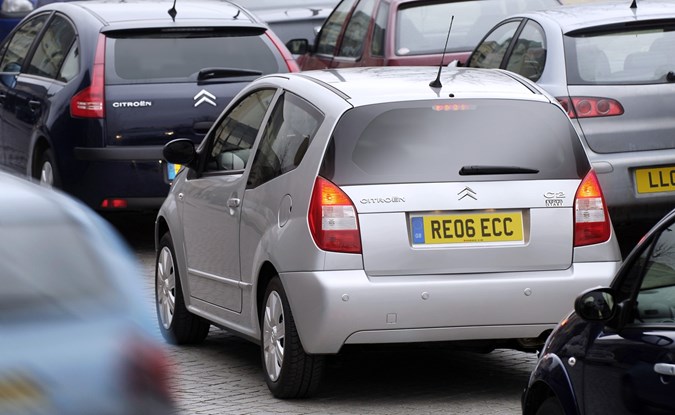
Avoid short trips
It can take many miles of driving for a car’s engine to get up to full operating temperature. With a cold engine, even the most efficient cars can return as little as 10mpg. So avoiding short trips could save quite a lot of fuel. If you mostly do short journeys, an electric car may be a better bet for you.
Keep the car moving
A car’s engine doesn’t stop running when you brake or come to a halt and the fuel used is effectively wasted. So it’s actually more efficient to keep the car moving. Here’s a couple of scenarios:
You’re in a line of traffic that’s constantly speeding up and slowing down; hang back from the car in front. With enough of a gap, when that car brakes, you can just back off the throttle and use engine braking to slow down.
Similarly, if you see red traffic lights up ahead, immediately take your foot off the throttle to slow down. With any luck, the lights will change to green before you need to stop and you can just accelerate away. If you do need to stop, you’ll be going slower and therefore need to brake less.

Use satellite navigation
Pretty much every satnav system and smartphone navigation app has an option for plotting the most fuel efficient route to your destination. It’ll avoid known traffic hotspots, jams and urban areas in an effort to keep you moving, rather than waste fuel in stop-start traffic.
Drive gently and smoothly
Accelerating and braking harshly and jerking the steering over don’t actually help you get to your destination any quicker. But driving like that does waste fuel and causes greater wear and tear on your car. Applying the throttle/brakes and steering gently and smoothly is much more efficient and adds nothing to your journey time.
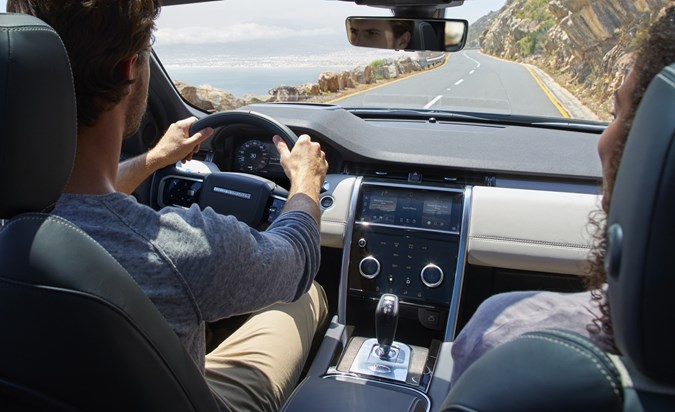
Change gear early
If you drive a manual, it can be tempting to rev the engine beyond 2,000rpm, or even 5,000rpm before changing gear, to make the most of its horsepower. But doing so uses a lot of fuel. The vast majority of modern cars, particularly those with turbocharged engines, have enough torque to change up at around 1,500rpm.
Alternatively, you could rev the engine up to about 2,000rpm then ‘block change’ from second to fourth, for instance. Both techniques are much more fuel efficient. The same principle applies when shifting down through the gears. Change gear at lower revs, and block change if possible.
Your car may also have a gear change indicator in the instrument panel. It lights up at the moment a change would be most fuel efficient. Following its guidance every time could add up to worthwhile savings.
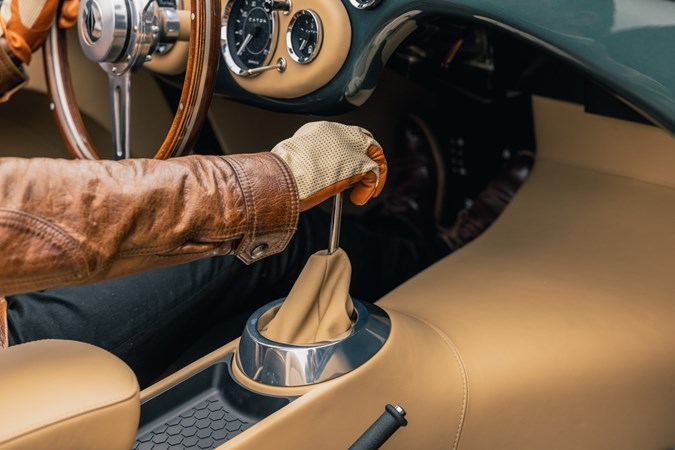
Use your car’s driving modes
The vast majority of cars made in the last 15 years have a number of drive modes that change various parameters like the suspension settings and engine power. There’s usually the option of an ‘eco’ mode that reduces the engine power, the strength of the aircon and instructs an automatic gearbox to change up as early as possible. Using it more often than not can produce useful fuel savings.
Plug in your plug-in hybrid
The sky-high official fuel economy numbers achieved by plug-in hybrid cars assume that the driver maximises use of the car’s ability to run on battery power. To get anywhere close to those figures, you need to plug the car in to recharge the battery as often as possible.
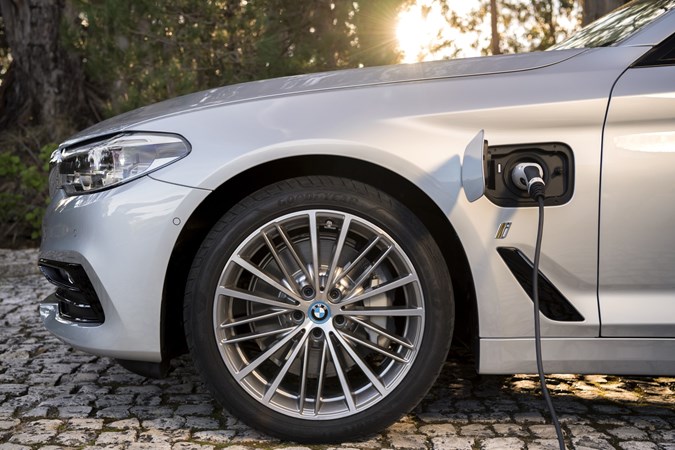
Anticipate and plan ahead
Looking as far down the road as possible gives you advanced warning of slowing traffic, approaching corners, junctions, red traffic lights and anything else that might cause you to hit the brakes – which we’ve already established is inefficient.
By spotting those advanced warnings, you can anticipate what the cars immediately in front of you are going to do and plan your response. If you see a car has started braking 200 yards up the road, you can back off the throttle and potentially slow enough to not need to brake yourself. Meanwhile, the car immediately in front of you jabs on their brakes at the last moment, wasting fuel.
Use your car’s cylinder deactivation
Many cars have a cylinder deactivation system that essentially shuts down half the engine when cruising along at a steady speed. Very little power is needed to maintain a steady cruise so, in effect, part of the engine is surplus to requirements. And quite a lot of fuel can be saved by shutting it down.
The system is particularly prevalent in cars built by Volkswagen Group brands, such as the Audi A3. If you can learn exactly when your car’s cylinder deactivation system kicks in – there may be a symbol in the instrument panel – you could see significant mpg improvements, especially on a long journey.
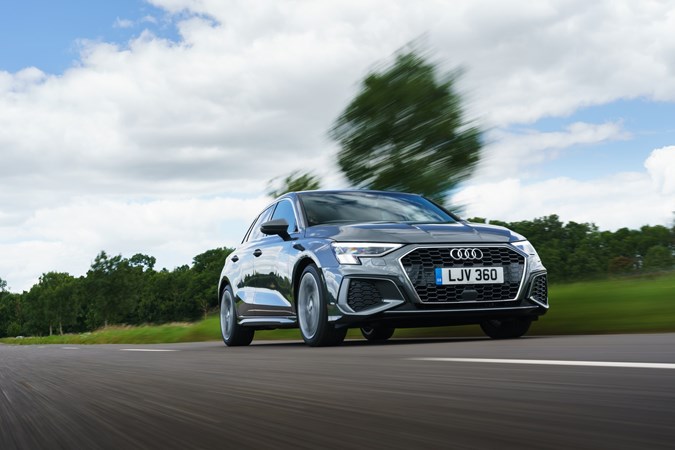
Fit low rolling resistance tyres
We described earlier how tyres with low pressure generate more friction that worsens fuel economy. All tyres generate friction – known as rolling resistance – as they roll along the road and a large portion of the engine’s power is used to overcome it.
But there are eco tyres designed to have low rolling resistance that can improve your car’s efficiency. They’re usually a bit compromised in grip and/or noise levels, but that may be trade-off you’re willing to make to gain several mpg.
Turn off unnecessary electrical equipment
A car’s electrical equipment is powered by the battery, which is kept charged by the engine. If lots of equipment is being used, the engine has to work harder to charge the battery. Turning off anything that’s not needed can therefore save a bit of fuel. Similarly, if the current battery is on its last legs, maintaining it properly or getting a new battery can boost economy.
Of all a car’s equipment, air conditioning is by far the biggest drain on efficiency, to the tune of as much as 5mpg. So turn it off if it’s not really needed.
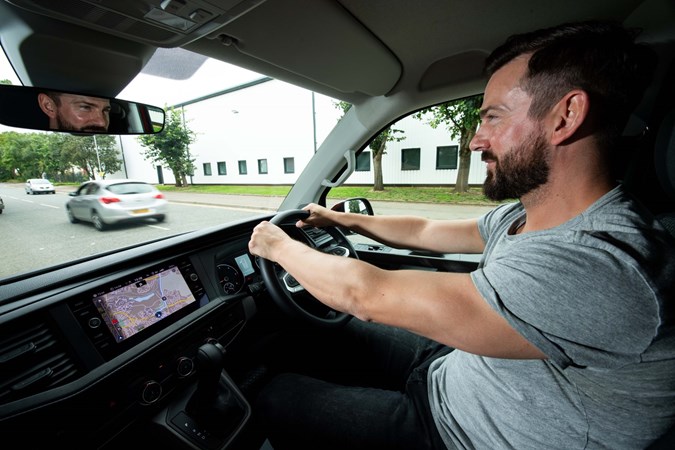
Can a car meet the official fuel economy figures?
The procedure for testing the fuel economy of every car sold in the UK is laid down in European Union law, which we are still adhering to post-Brexit. There was a time when official fuel economy figures were rather optimistic, sometimes wildly so. That’s because the NEDC testing procedure being used at the time didn’t reflect real world driving conditions.
In 2018, the current WLTP regime was introduced. It’s designed to more closely reflect how people actually drive, so the official economy numbers are more realistic – though not necessarily for plug-in hybrids. However, as we’ve established, what mpg you actually achieve in your car depends on myriad factors.
You may never meet the official figures for you car, or you may exceed them in certain circumstances. All we can say for sure is that, if you follow the advice here, you could see a marked improvement in your car’s fuel economy.
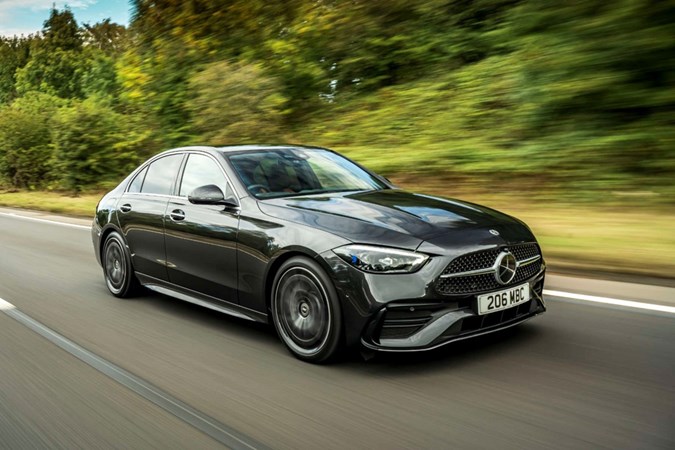
Just so you know, we may receive a commission or other compensation from the links on this website - read why you should trust us.


